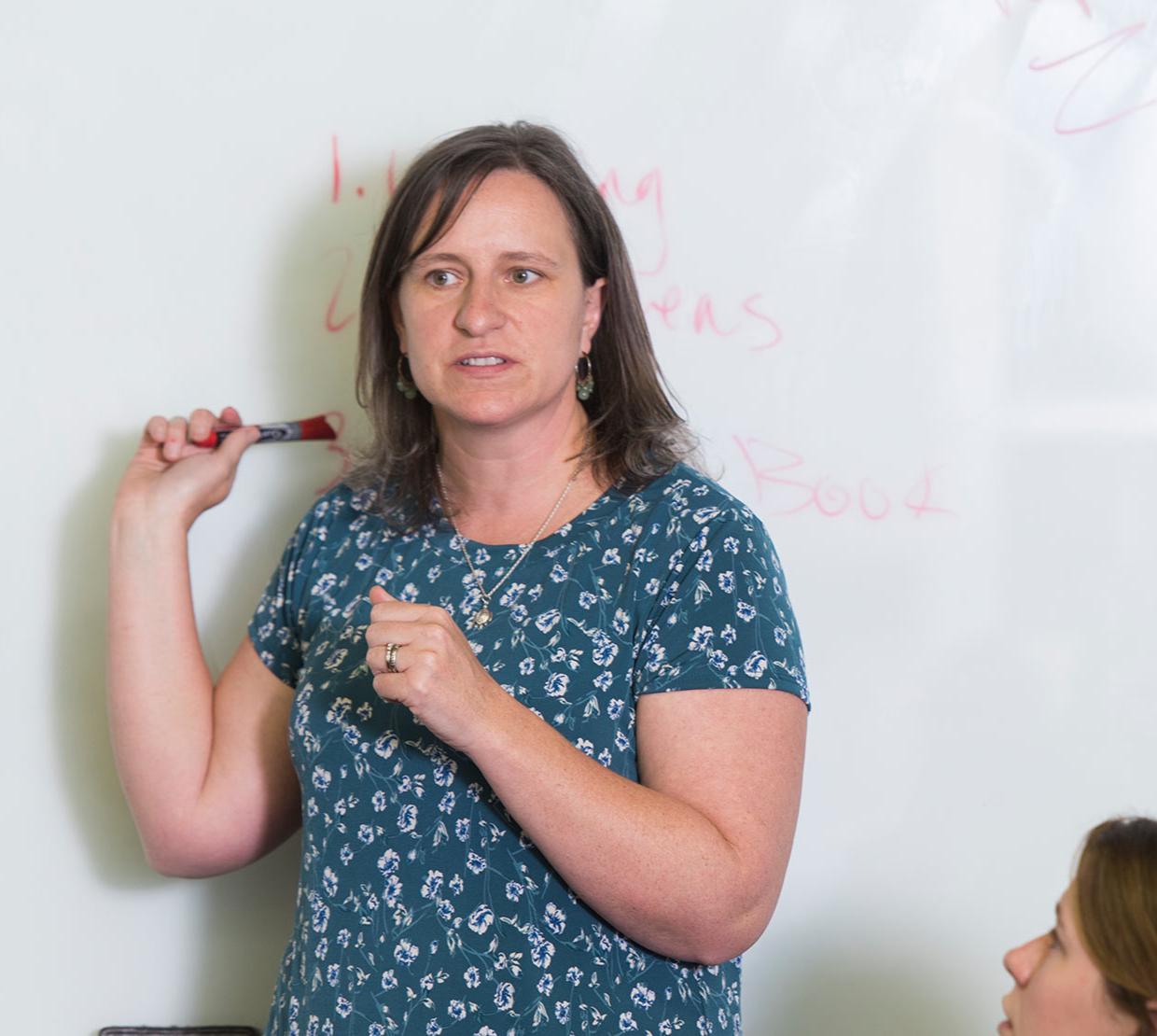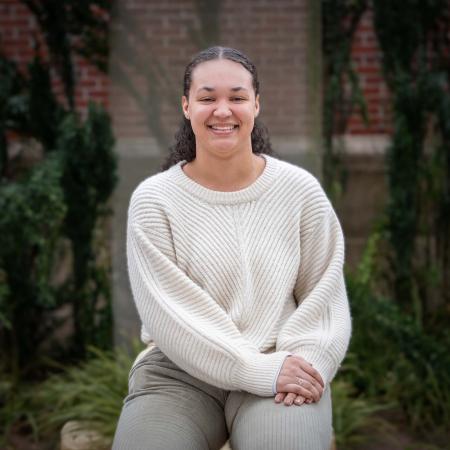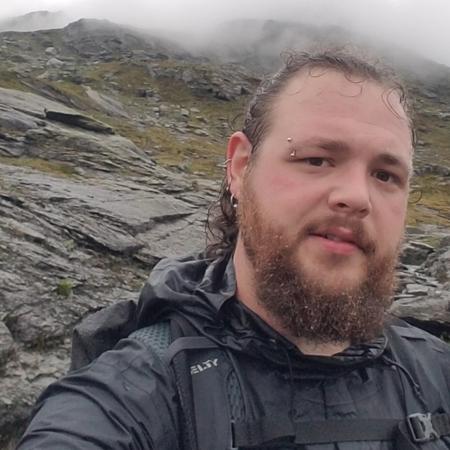It’s been a busy few years for the STEM Research Center (formerly the Center for Research on Lifelong STEM Learning) at Oregon State. Not only has the center undergone a name change, but thanks to a grant from the Howard Hughes Medical Institute’s Inclusive Excellence Initiative, faculty have been working toward breaking down barriers some students face when pursuing a STEM (sciences, technology, engineering and math) education.
Within OSU, the center serves as a hub for faculty across campus who engage in STEM learning research. The center also promotes OSU’s STEM learning research at the state, national and international levels.
The center is one of several cross-university research centers under the umbrella of the Research Office, with a transdisciplinary mandate and approach. The 12-member team works with local and national partners on more than 20 active applied research projects covering five key areas: institutional transformation, interface of science and society, professional learning and growth, STEM teaching and learning, and learning ecosystems.
The $1 million Howard Hughes grant is focused on two of those key areas, STEM teaching and learning and institutional transformation. The grant is helping faculty discover how some students are being left out of STEM education and research, and find ways to build courses and associated support systems that encourage minorities, women and other under-represented groups in pursuing a STEM education.
“We are very focused on recognizing who traditionally gets to participate in higher education broadly and in STEM in particular and in how we can help faculty build community with their students to help them start to develop their science identity earlier in their academic career,” said Lori Kayes, College of Science Faculty Scholar for Teaching Excellence. “We also recognize that learning and the college experience is not restricted to the classroom and that out-of-classroom experiences can impact student success. We aim to connect faculty with resources, ideas and tools to help them build this community in their classrooms and beyond. Additionally, we aim to help faculty recognize how to use culturally responsive and relatable teaching materials to support all of our learners.”
Julie Risien, associate director of the STEM Research Center, said for some students, STEM learning is already functioning very well, but the work ahead should be focused on ways in which a broader group of students’ need can be met.
“The curriculums are built for a dominant group of students and serve those students well,” she said. “It’s not so much that there are gaps, but a need to evolve and meet the needs of a changing student body who bring with them a more diverse set of tools, skills and perspectives that we do not fully leverage to optimize learning.”
Ann Sitomer, a senior researcher with the STEM Research Center, agreed.
“We – as educators – also need to challenge deficit narratives about students, recognize that power and identity, including our own, is critical to what learners experience in classrooms and labs, and that our disciplines are not value- or culture-free. This is not easy work for STEM faculty, which is why this program is so important in the ways it supports STEM faculty learning.”
In the two years since the grant has been in place, there was an institutional kickoff where stakeholders met to broadly discuss inclusion and barriers. The kickoff included case studies of real OSU students to help faculty and administrators understand the issues that keep those students from STEM careers. The second key activity was an inclusive excellence academy, where faculty from OSU, Linn-Benton and Lane Community College came together to explore how to make STEM teaching more inclusive. Known as Inclusive Excellence Fellows, the participants now participate in a professional learning community that meets twice a term and includes a wide range of STEM faculty.
Some strategies being considered by the community are including more diverse representations of people within classroom activities, for example, an activity that spotlights diverse mathematicians of note. Another is considering student feelings and confidence levels when designing course work, and providing programming that builds confidence alongside academic learning. There is also an emphasis on contextualizing learning, that is, creating more active learning scenarios and providing real-life examples and problem sets. Group work, building communities of learning, and making students feel safer in the classroom are also being looked at.
“We hope to encourage students to share their voice even if it is not totally correct,” Kayes said. “For example one of our fellows is working on being wrong in science and giving students pieces of data that can be interpreted in different way so that they can see that there are not necessarily wrong answers in science, just different answers based on the information available.”
Measuring success will involve many factors, including student and faculty input.
“The primary measure will be students’ increased sense of belonging and persistence in STEM,” Sitomer said. “We are also relying on faculty members’ own assessment of their success. As the number of Inclusive Excellence Fellows grows, we may use an observation protocol to get a picture of the teaching practices that are supporting students’ sense of belonging and success. We also expect that IE Fellows’ work might have an impact at the department level by bringing new perspectives and practices to others in the department.”
Kayes said the STEM Research Center is crucial for the work of making STEM at OSU more inclusive.
“The STEM Center gave us a home for the grant and the structural support to maintain the programs. In addition, two of our principle investigators and several of our project team members are from the STEM center, including our program coordinator who is housed there. The STEM Center is intimately involved in the logistical, evaluative and programmatic structures of the grant. We would not be successful without their support.”
The Inclusive Excellence at OSU (IE@OSU) group is currently recruiting their second cohort of Fellows. To learn more about the work, faculty can join the listserv at: https://stem.oregonstate.edu/ie




